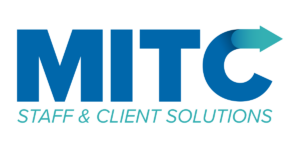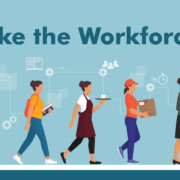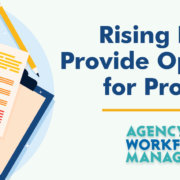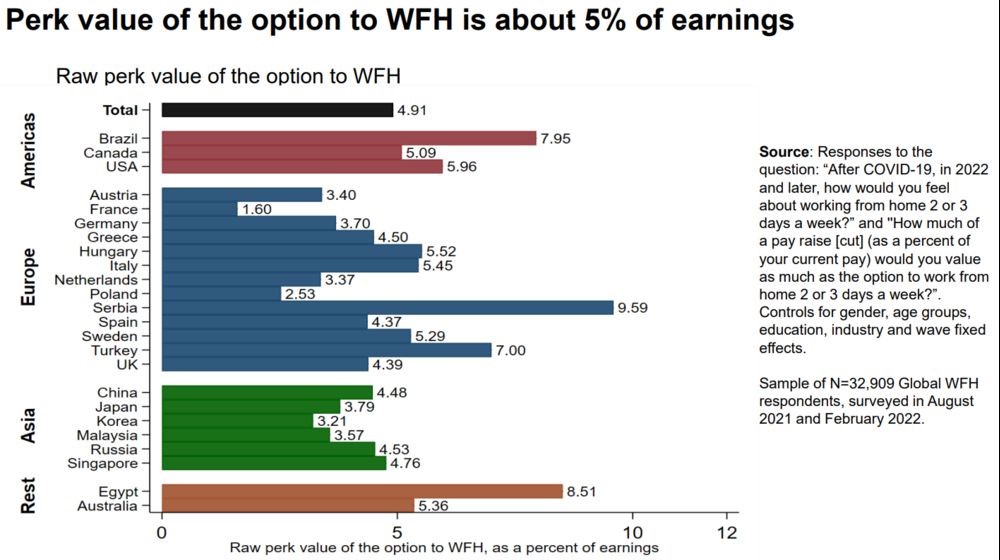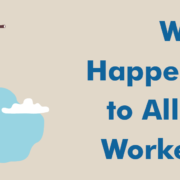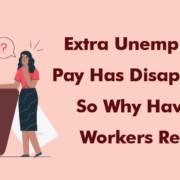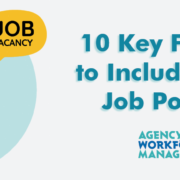Hiring in 2021 has proven to be significantly harder and different than it has been in years past. Part of the challenge, however, is creating a captivating and successful job posting. If done correctly, the job posting not only can sell an applicant on the position, but on the agency as a whole.
Here are our top 10 features that should be included in your next job posting:
Job Security
2020 was an intense year for layoffs, causing a lot of staff and employees to become more concerned about their job security. Make sure you are telling applicants that you are government funded and offer better job security than many alternatives.
“ABC Provider is funded by the state. We offer very stable employment opportunities with 40 hours a week”
Base Pay Plus
If overtime or holiday pay is available at your agency, highlight this! Many employees are focused on the weekly take-home pay, so give them an idea of what they could make in overtime. Extra holiday pay is something agencies offer, that a lot of other establishments can’t. Highlighting this will help you stand out from the big box stores in your area.
“A DSP on average earns $120.00 a week extra in overtime after 6 months.”
“All hours worked on any one of the 10 holidays is paid at time-and-a-half.”
Pay Differentials
If any positions are eligible for a higher shift or service differential, make this clear.
“Certain shifts are paid at a $4.00 hour higher rate.”
Benefits
Include an annual valuation of your benefit package with the hourly rate / salary. Agencies are able to offer really good benefits, giving them a competitive edge over other companies.
“Plus an annual benefit package worth on average $2,500 a year after 6 months.”
Paid Training
Applicants can be worried about jumping into a new position that they haven’t tried before. Make sure they know that training will be available for applicants. Let them know they will be supported at your agency.
Non-Taxable Expense Reimbursement
If the position offers mileage reimbursement, BYOD compensation for a mobile phone or other non-taxable payments, include these. Many other companies don’t offer this and it is a great benefit for employees!
“$10.00 nontaxable reimbursement paid per month for using your smart phone for work.”
Equipment
Let applicants know what equipment will be provided: smart phone, tablet, laptop, vehicle, etc. Some companies require applicants to provide their own equipment, so providing the tools they need will help you pull in more applicants.
Work From Home
If the position can be partially or fully “work from home”, use this. For prospective employees with children, this can be huge. Plus savings on commute time and costs can be a big factor.
“There is a 40% work from home option after 3 months (2 days a week).”
Phone Friendly
Modern employers are communicating through text, the best medium for reaching today’s new hire, especially millennials. Create a standard applicant-friendly text library to re-use with all initial applicants. Asking today’s new hire to download a paper form to fill-in and email it back is a big turn off. Make sure your application process is 100% mobile friendly.
Use Appropriate Language
Some of your applicants may have never worked for an agency before, so remove any jargon that applicants may not understand such as “QIDP” , “IP”, “DSS” or “community inclusion”. Keep it simple! Also, try substituting “You” and “Your” where feasible for your agency’s name, “Our” or “We”. Talk about the applicant, not yourself.
